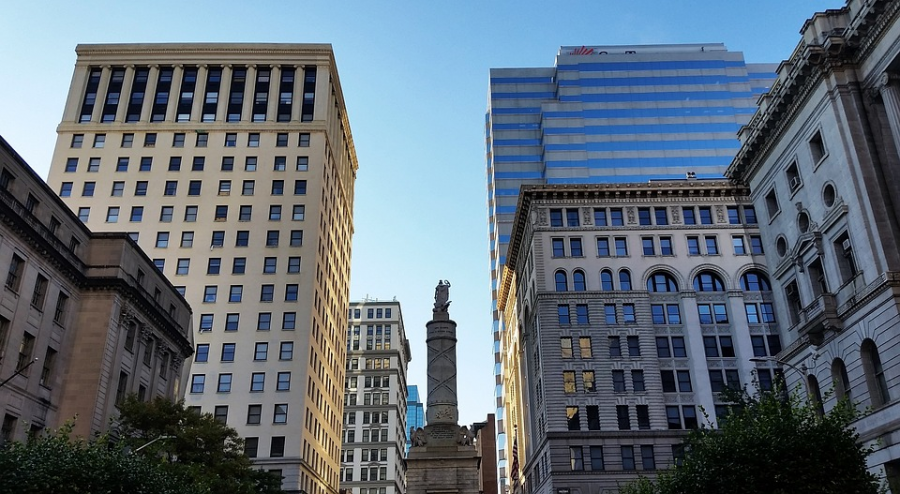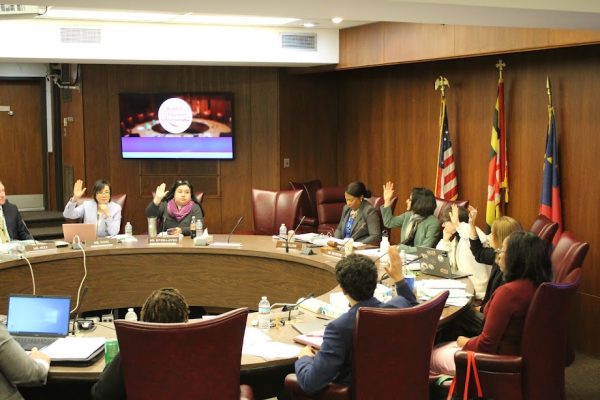Baltimore continues disappointing trend in crime
Baltimore saw a record-breaking year in homicides in 2017. This is unfortunate statistic for the city, as crime rates have been on a steady upward trend for years. Photo credit by Pixabay.
January 31, 2018
The city of Baltimore houses many great attractions. From attending Orioles and Ravens games to exploring the National Aquarium, as well as paying a visit to famous historical sites such as Fort McHenry and the Edgar Allan Poe House. These great aspects of Baltimore are often overlooked as an unfortunate history of serious crime has perpetually tainted the city’s reputation.
Although it’s been marked with a bad reputation for years, 2017 was a record year for the city, as 343 homicides were reported. The city also set a new record murder-rate, at an astounding 55.5 per 100,000 people (Baltimore Police Department). To put these statistics are into perspective, New York City, a city with over 8.5 million citizens,saw fewer than 300 homicides in 2017, whereas 620,000 strong Baltimore saw well over 300 homicides in the calendar year. Rape, assault and robbery have also seen serious spikes in the Charm City. Nationally, Baltimore has a rate of robbery seven times higher than the national average, as well as a homicide rate five times the national average. These statistics put Baltimore in the bottom 2% in terms of safest places to reside in the U.S.
WJ junior Jared Rathmell has been attending Orioles and Ravens games as well as other events in Baltimore his whole life.
“I definitely don’t think things have improved in the city,” Rathmell said. “Baltimore can be a great place, but there is always a subconscious worry about crime in many places in the city. I hope it can improve.”
The relationship between residents and the police have always been a key indicator as to the amount of crime occurring in Baltimore. A major event that made matters worse for these relations was the murder of Freddie Gray by city police and the subsequent riots in the spring of 2015. Baltimore is still feeling aftershocks of this event. Since the violent riots, which shut the city down for nearly a week and resulted in over 200 arrests, there has been a 78% increase in homicides, as well as an overall distrust in the police . With harsher punishments and a seemingly invisible definition of what’s considered police brutality, cops are increasingly reluctant to act upon crimes, and in the case of Baltimore even respond to them (Baltimore Sun). Dozens of residents have reported that on numerous occasions cops haven’t responded to their calls.
“Criminals feel empowered now. There is no respect. Police are under siege in every quarter. They are more afraid of going to jail for doing their jobs properly than they are of getting shot on duty,” Baltimore City Fraternal Order of Police President Gene Ryan stated.
With criminals feeling a sense of victory, and police becoming increasingly reluctant to use force, a dangerous and delicate power vacuum has been created in the city. Mayor Catherine Pugh has put new initiatives in place to improve staffing and recruitment in the Baltimore Police Department, spur a reduction in violence and create new paths of opportunity for Baltimore youth. The mayor realizes it will take a long time to change the environment of the city, but is willing, and hopefully successful at bringing crime down in Baltimore .


















































